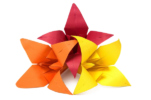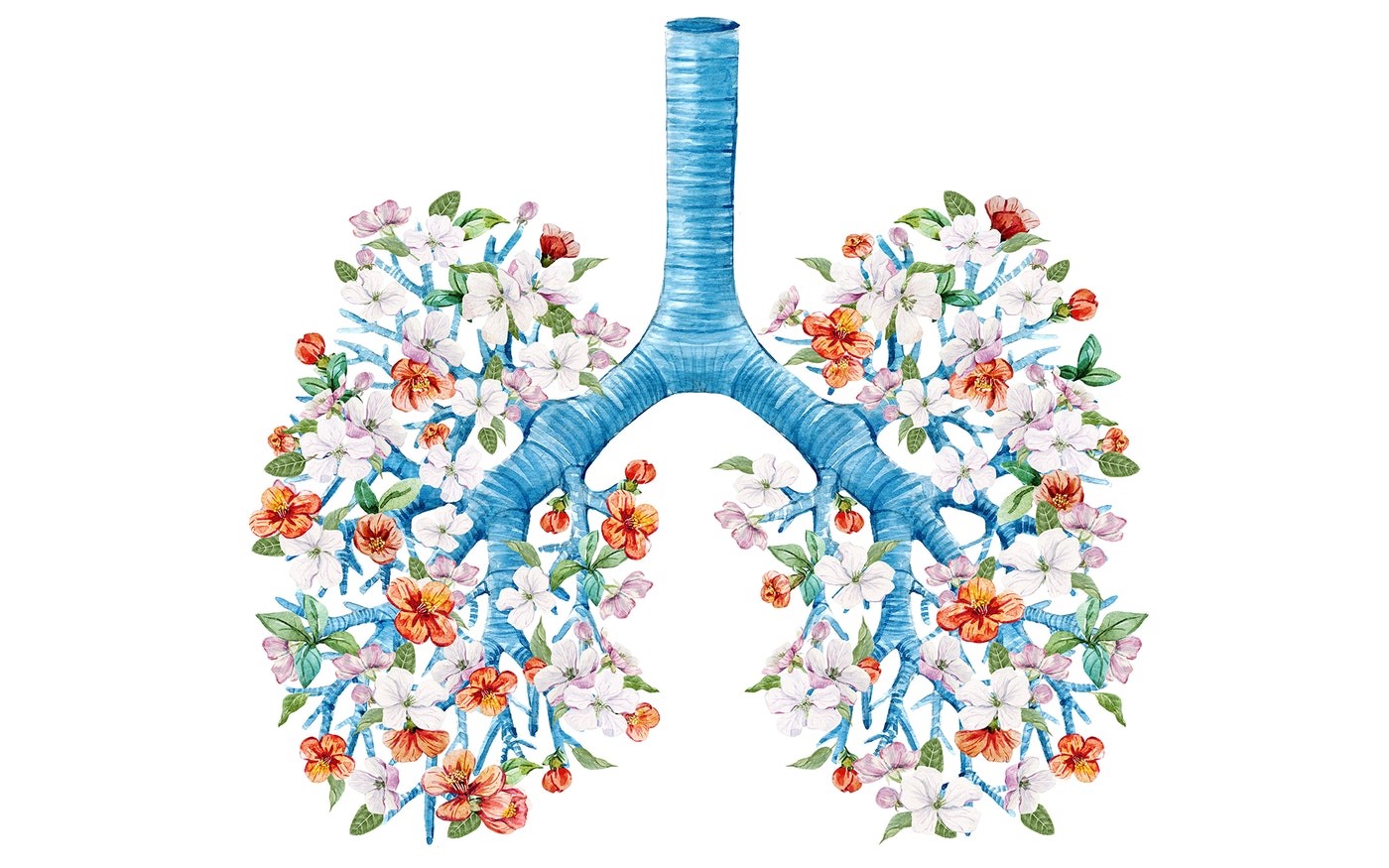Basic Yoga Breathing Techniques
Breath is one of the few bodily functions which can be controlled both consciously and unconsciously. This is one of the reasons why attention to the breath is common in many forms of meditation and relaxation. In normal or uncontrolled habitual breathing most people do not breathe efficiently, and as result, use only a fraction of their lung capacity. When people are stressed or anxious, they breathe from their chests, taking rapid shallow breaths or worse they hold their breaths. Throughout daily life people are so focused on other things that breathing becomes uncontrolled and habitual.
It is through relaxation, meditation and yoga practise that time can be spent on controlling the breath and thus enabling us to return to an inner equilibrium. As soon as you begin to breathe in with a more focused awareness, you will soon experience slowness, deepness and rhythm in your breath. To introduce breath awareness to students in a class situation it is first important to get students to breathe with awareness.
For a student to learn diaphragmatic breathing it is best to lie on their back placing their hand on the upper abdomen, where the diaphragm is located. The abdomen should expand outward as they inhale and contract as they exhale. It is important for students to get the feeling of the in and out motion.
Once students feel comfortable with this, they are ready to learn the Full Yogic Breath. Get the students to continue breathing in slowly and this time after expanding the abdomen they then expand the ribcage, and finally the upper portion of the lungs. Then they can breathe out in the same manner, letting the abdomen cave in as you exhale.
Yoga is as much a practise involving breath as it is involving the body. The simple exercise of raising the arms on an inhale and lowering them on an exhale will help the student find the rhythm between breath and movement. The length of the student’s inhalation and exhalation would determine the speed at which the exercise is performed.
Types of Yoga Breathing techniques
Once students have become more aware of their breath, we can start introducing breathing techniques. The first technique is Ujjayi, achieved by contracting the glottis with the inhalation and exhalation. It is also known as the Ocean Sound as it makes a similar sound to this. The Ujjayi breath is done through the nose, but it is helpful to begin practicing breathing through the mouth. To make the ocean sound, whisper the syllable "h," feeling the contraction in your throat. Keep this contraction engaged on the inhalation and exhalation. After a couple of breaths try to close the mouth, breathing through the nose while still making the ocean sound in your throat.
Bhastrika, bellows breath, is a powerful breathing technique it brings heat to the body and opens up restrictions in the spine allowing a freer energy flow. After finding a comfortable sitting position you breathe in and as you exhale deeply and sharply the diaphragm muscle will pull the navel in. Breathe rapidly through the nose by forcing the air out with sharp movements of the diaphragm. Breathe is not to be held and just aim for deep, quick movements of the diaphragm muscle. Soon the inhalation takes little effort as it becomes more of a reflex to the exhalation.
Another technique is Nadi Shodhana, Alternate Nostril Breathing. This technique will balance the emotional and physical nature. Sit comfortably and cover your right nostril with their right thumb while inhaling through your left nostril. Close the left nostril with the finger of the right hand and exhale through the right nostril, inhale through the right nostril, then close it. Exhale through the left nostril then inhale through your left nostril, close, exhale through the right nostril, and so on.
Breathe is an art that needs constant attention as it is so easy to lapse back to that which we have unlearnt. During pregnant the diaphragm is moved up to make room for the baby causing breathing to become more laboured, so mindful breathing is even more important! NAMASTE!

